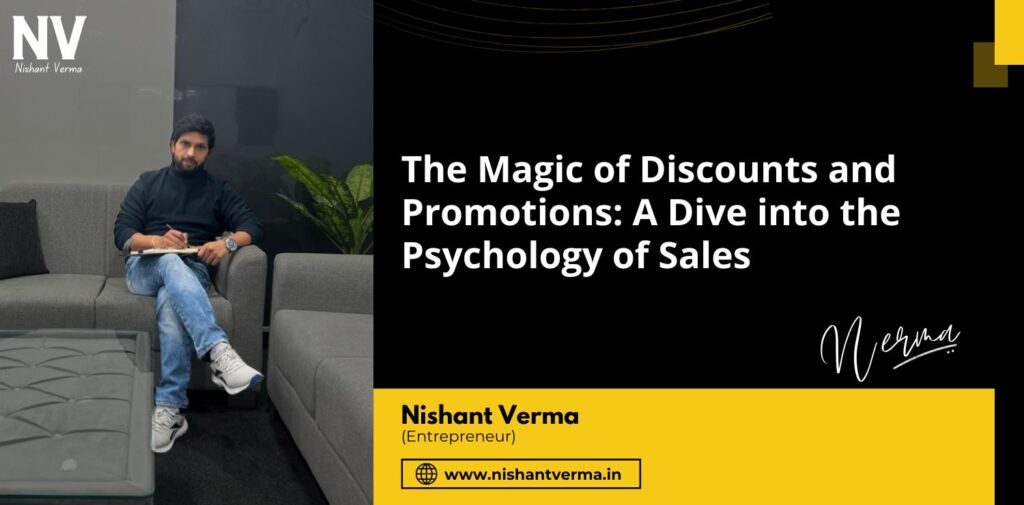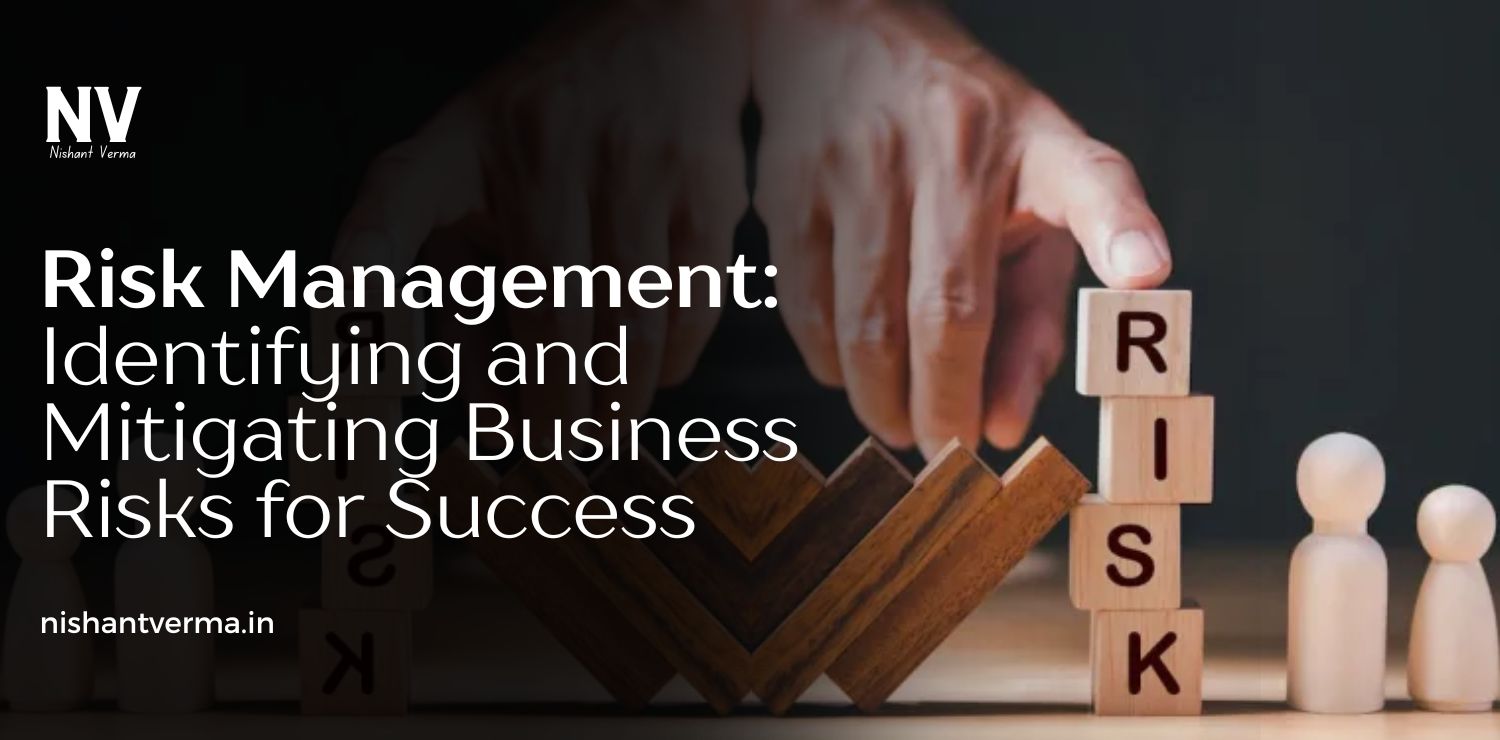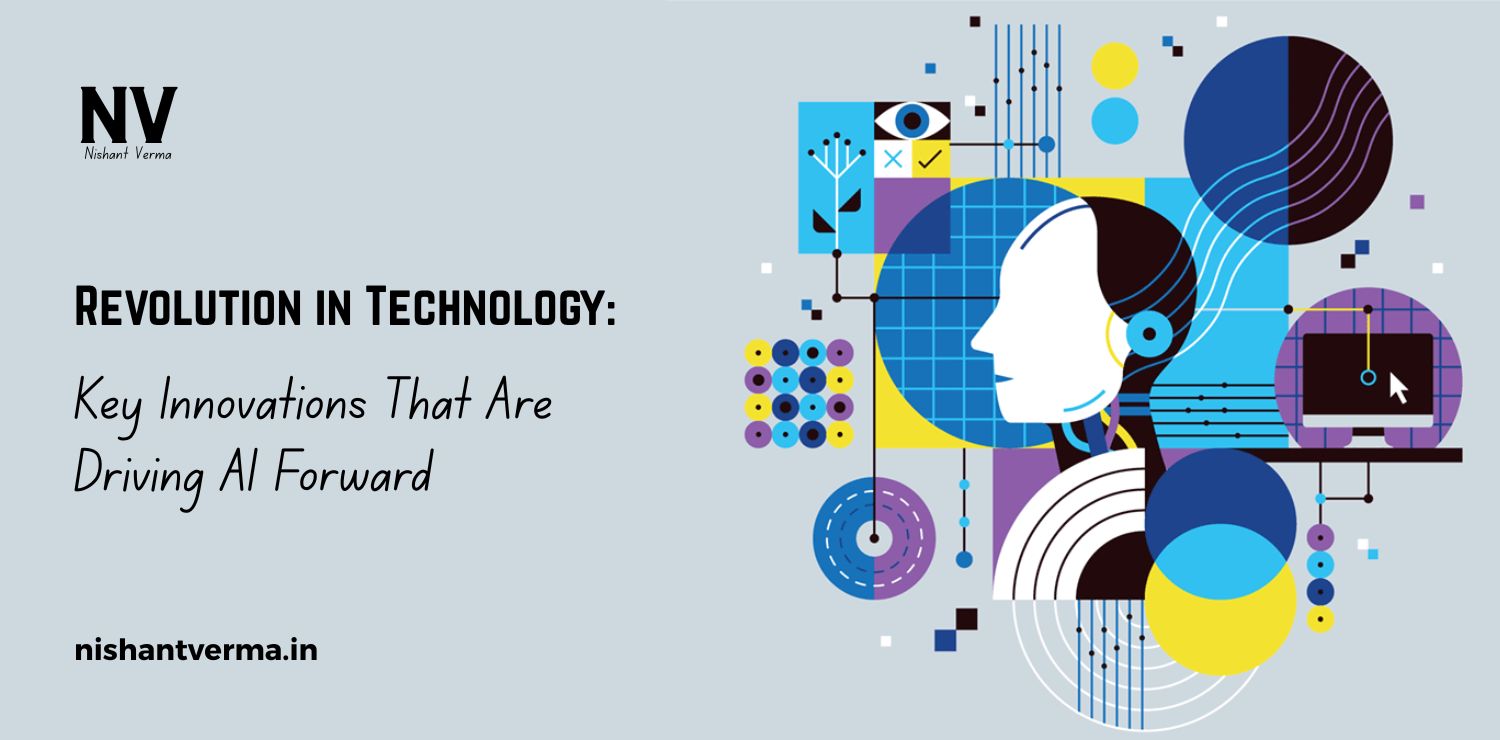In the bustling world of shopping and commerce, discounts and promotions play a pivotal role in attracting customers and boosting sales. Have you ever wondered why a “50% off” sign makes you feel like you’ve just stumbled upon a treasure? This article delves into the fascinating psychology behind Magic of discounts and promotions, exploring how these marketing strategies influence our buying decisions and shape our perceptions of value.
The Thrill of Saving Money:
One of the primary reasons discounts are so effective is the psychological thrill of saving money. When customers see a product they desire with a lower price tag, a surge of excitement and satisfaction kicks in. This feeling of getting a good deal activates the brain’s reward system, creating a positive association with the product and the shopping experience.
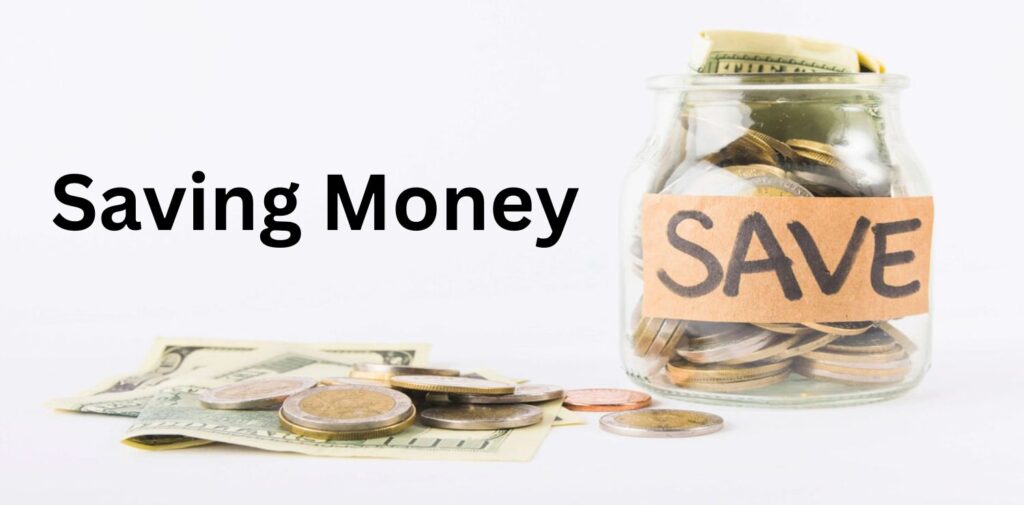
Perceived Value and Anchoring:
Discounts not only affect the price we pay but also influence how we perceive the value of a product. The concept of anchoring suggests that the first piece of information we receive about a product sets the standard for what we believe is a fair price. By initially presenting a higher price and then offering a discount, marketers anchor our perception of value, making the discounted price seem like a steal.
Scarcity and Urgency:
Ever noticed how promotions often come with phrases like “limited-time offer” or “while supplies last”? This taps into the psychology of scarcity and urgency. When people believe a product is scarce or time-limited, they are more likely to purchase it to avoid missing out. This fear of loss is a powerful motivator, pushing customers to act quickly and decisively.
The Power of Free:
Another compelling aspect of promotions is the inclusion of free items or services. Whether it’s a “buy one, get one free” deal or a complimentary accessory with a purchase, the word “free” triggers a positive response in our brains. Psychologically, we tend to perceive the overall deal as more valuable, even if the cost of the main product remains the same.
Cognitive Biases at Play:
Several cognitive biases contribute to the effectiveness of discounts. The bandwagon effect, for instance, makes people more inclined to buy a product if they believe others are doing the same. Social proof, often achieved through visible discounts or promotional offers, leverages this bias to encourage purchases.
Confirmation bias is another factor. Once customers decide to take advantage of a discount, they tend to seek information that reinforces their decision, further solidifying their satisfaction with the purchase.
Brand Loyalty and Emotional Connection:
Discounts and promotions can also strengthen brand loyalty. When customers feel they are receiving special treatment or exclusive offers, they develop a sense of attachment to the brand. This emotional connection goes beyond the transactional aspect of buying and contributes to long-term customer relationships.
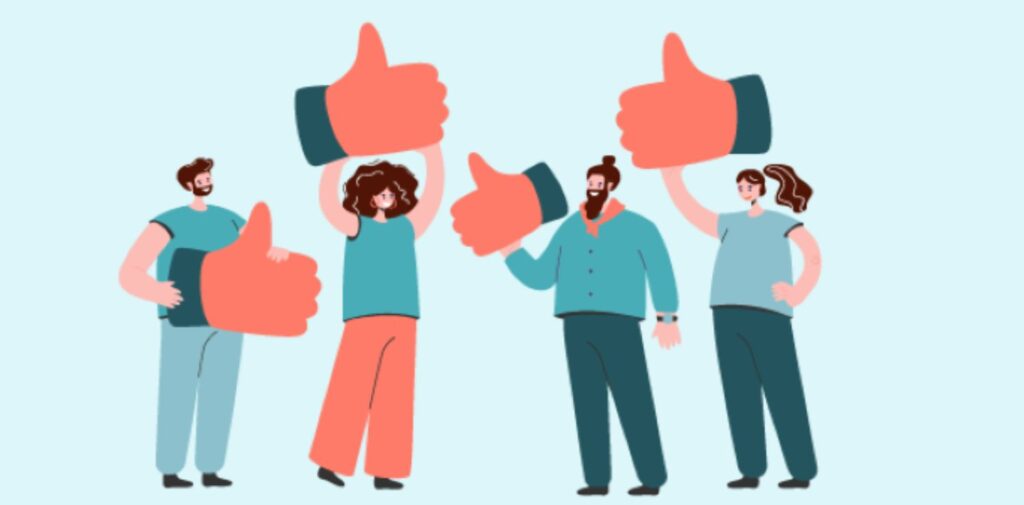
Risk Perception and Loss Aversion:
Discounts help mitigate the perceived risk associated with a purchase. Customers often weigh the potential loss of money against the gain of the discounted product. The fear of losing out on a good deal often outweighs the concern about the initial cost, so deciding to buy is more palatable.
Tailoring Discounts to Customer Segments:
Effective marketers understand that not all customers respond to discounts in the same way. Tailoring promotions to specific customer segments ensures a more personalized and impactful approach. Some customers may be motivated by percentage discounts, while others may prefer buy-one-get-one-free deals or loyalty rewards.
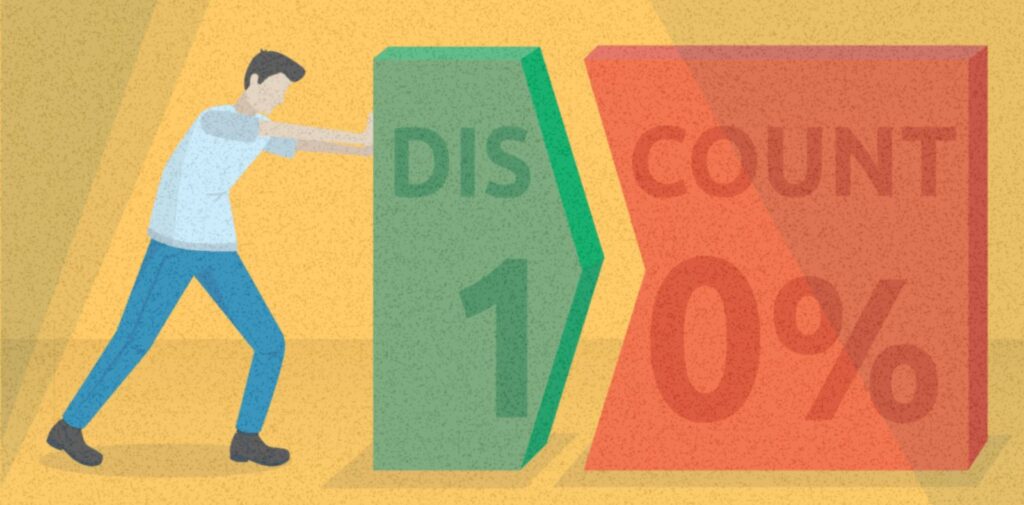
Conclusion: Magic of Discounts and Promotions
In the exciting world of shopping, knowing why discounts and promotions work can help sellers a lot. It’s not just about saving money – it’s also how our minds work. When we see a big sale, our brains get excited, and we feel happy about saving money. This feeling of happiness makes us like the product and the whole shopping experience.
Discounts also make us think things are more valuable than they really are. If something is first shown as expensive, and then it’s discounted, we feel like we’re getting a great deal. This is because our brains latch onto the first price we see as the “normal” price.
Have you ever noticed how some sales say things like “limited-time offer” or “while supplies last”? That’s because people get a bit nervous about missing out. When we think something is rare or only available for a short time, we want it more. This fear of missing out makes us buy things quickly.
Sometimes, sellers throw in free things with a purchase. Even if the main thing still costs the same, the word “free” makes us happy. We feel like we’re getting more value for our money.
Discounts also play with our thoughts. When we see others buying something, we want it too. It’s like when everyone jumps on a bandwagon – we want to be part of the group. And once we decide to buy something on sale, we look for information that says we made a good choice. This makes us feel even better about our purchase.
So, as shoppers, understanding these tricks can help us make smarter decisions. Knowing that discounts play with our feelings and thoughts lets us enjoy shopping while making choices that really work for us.

